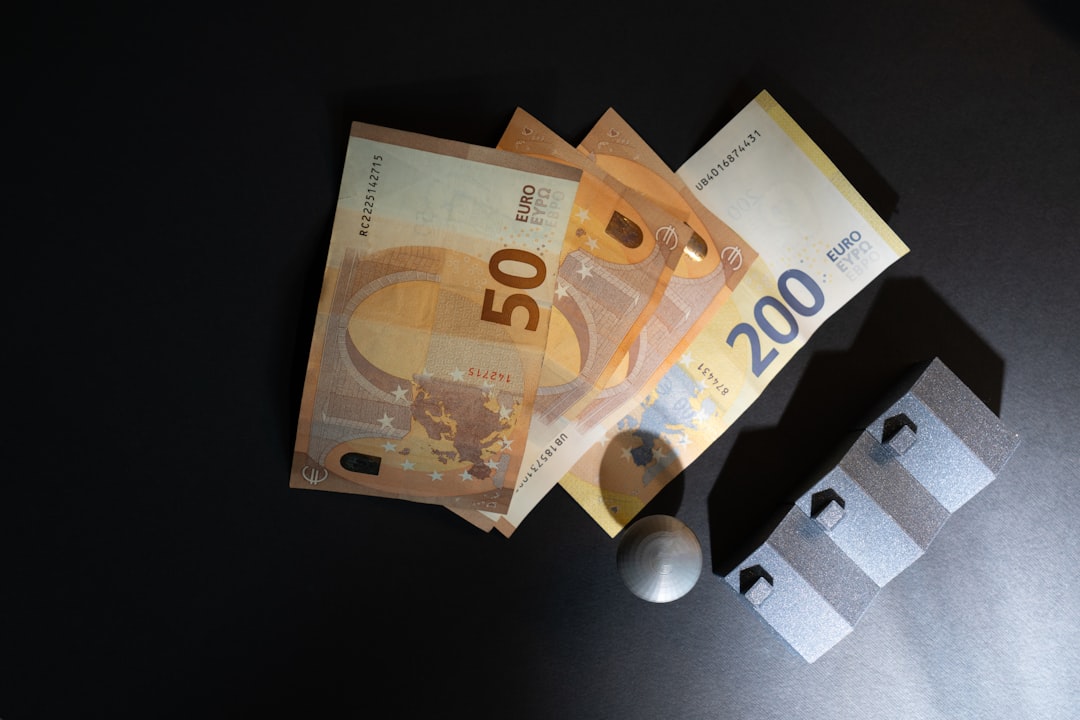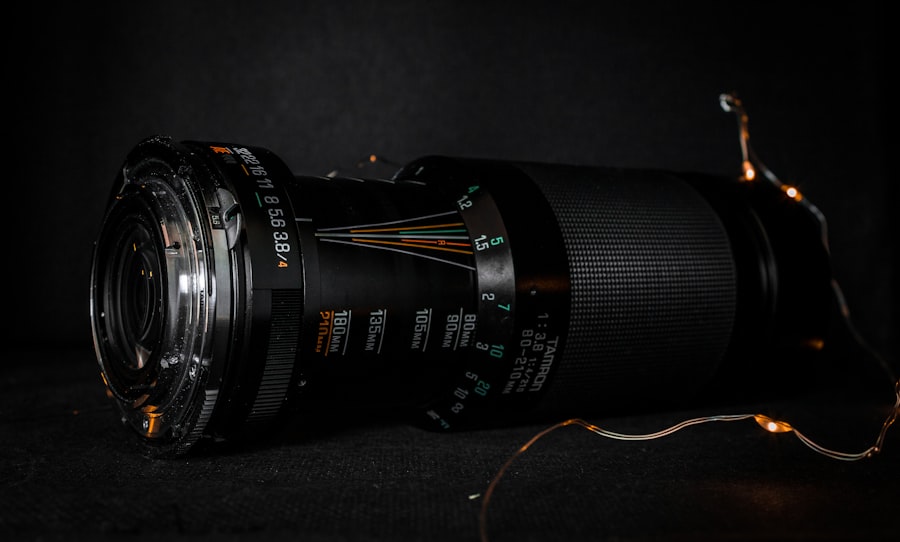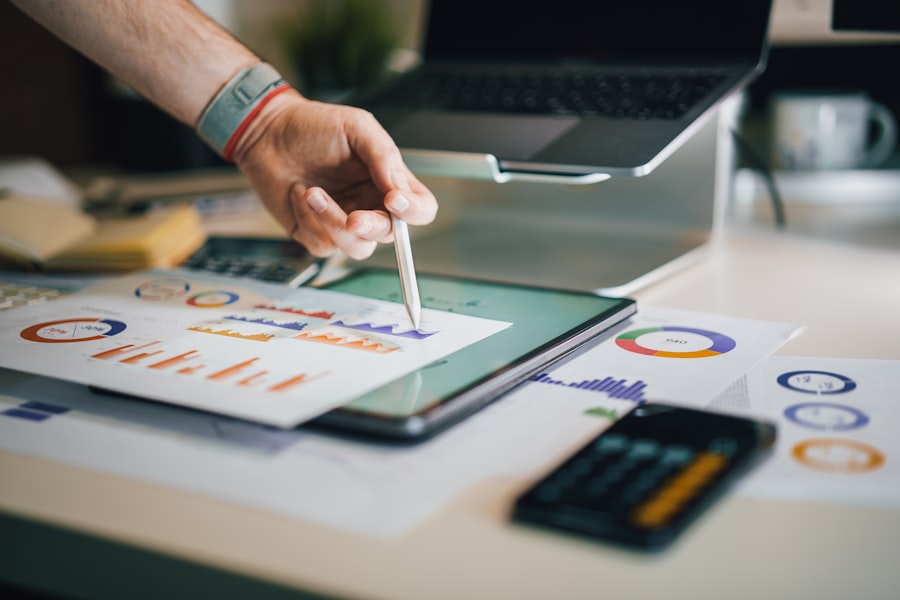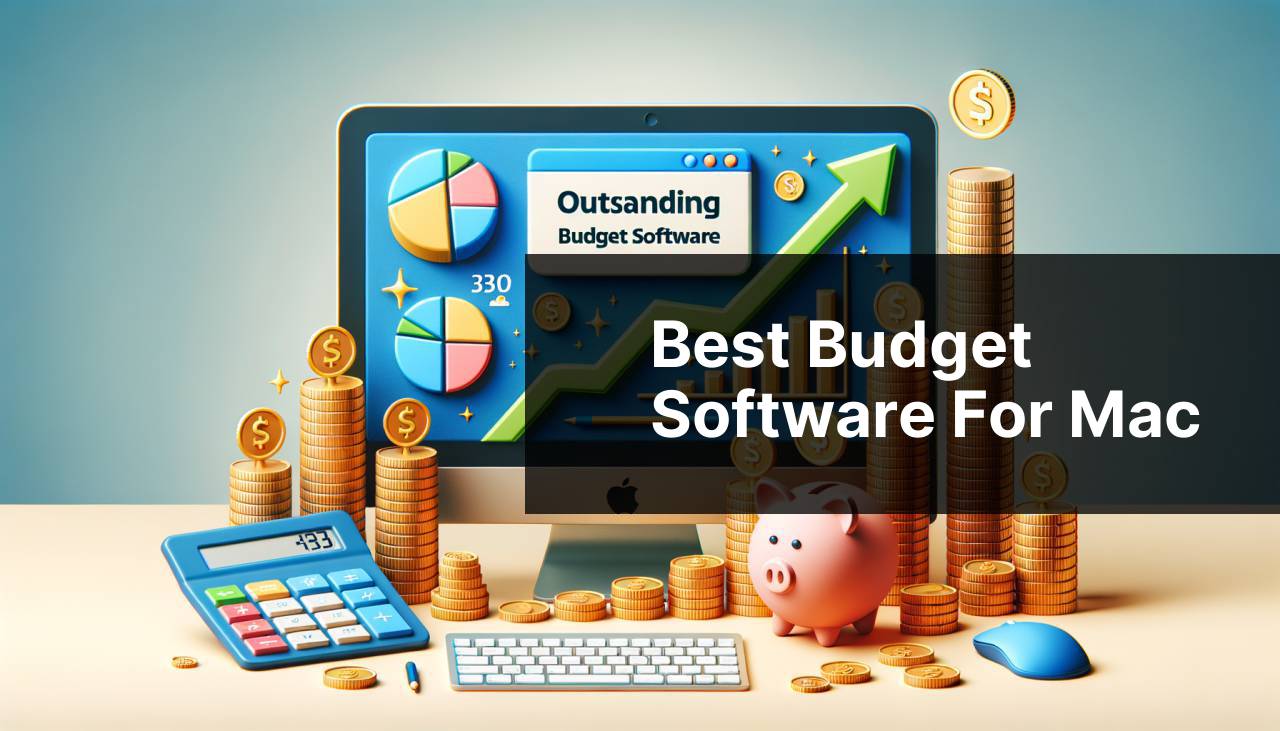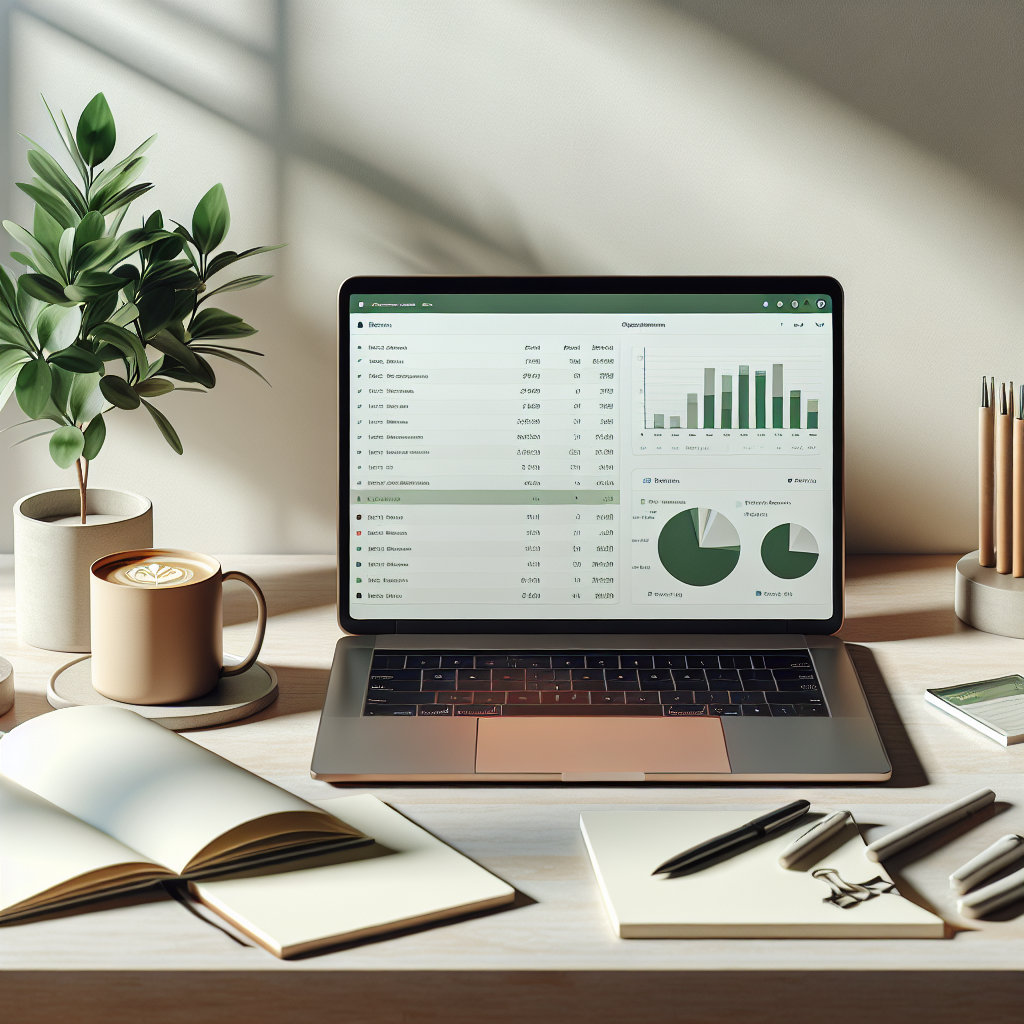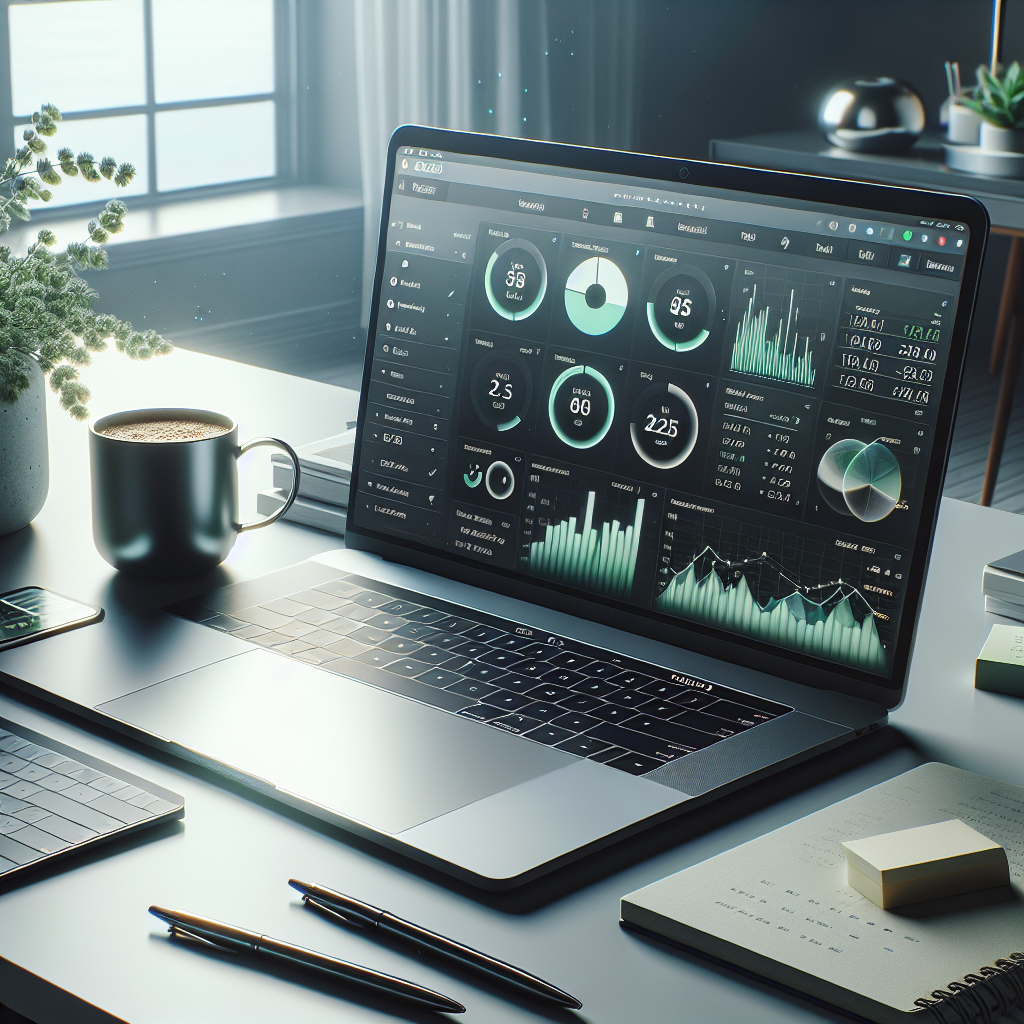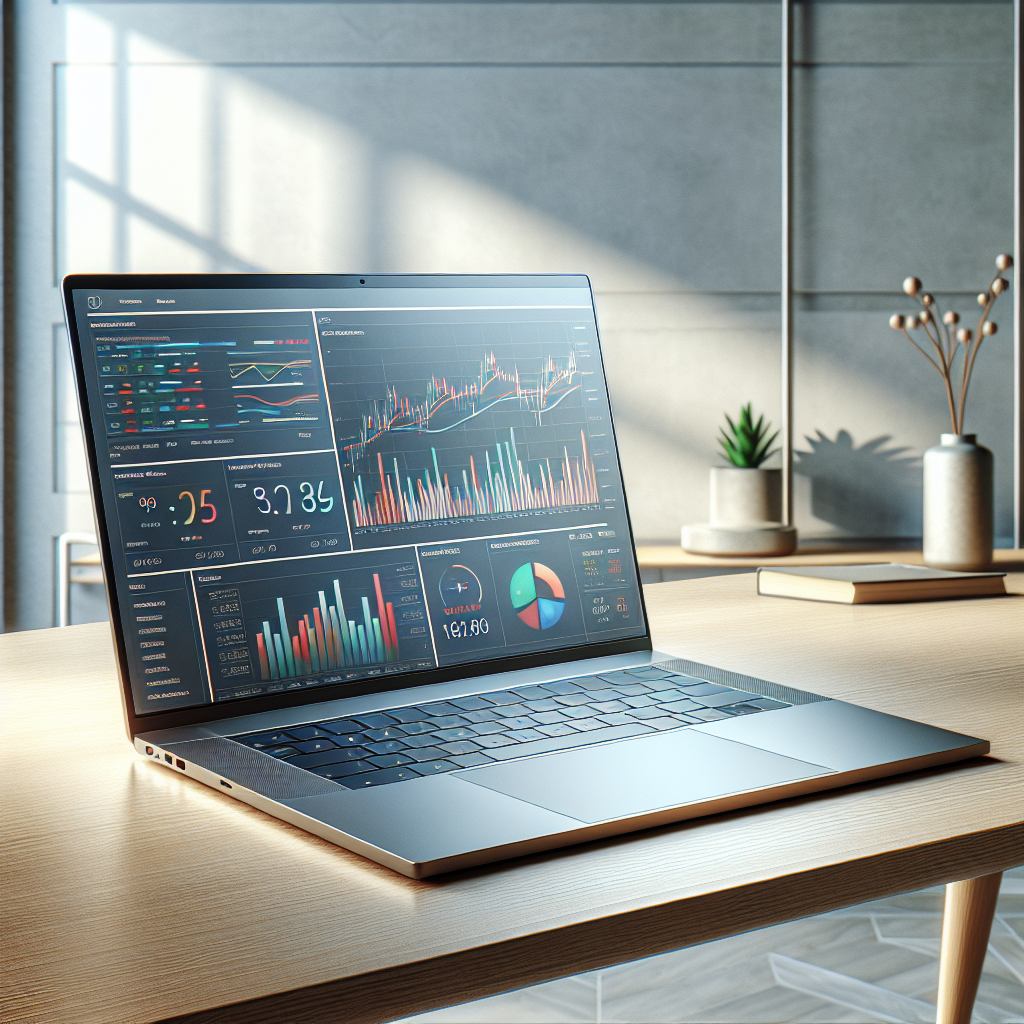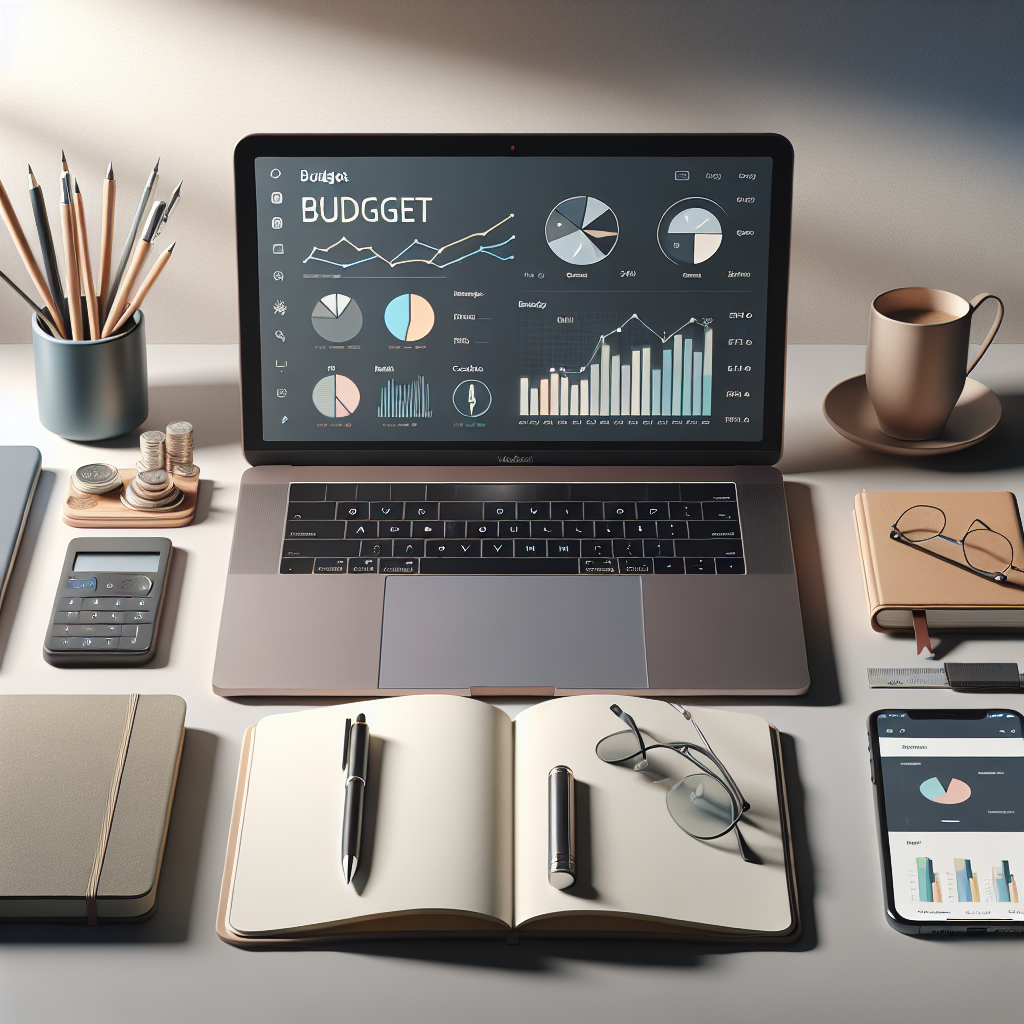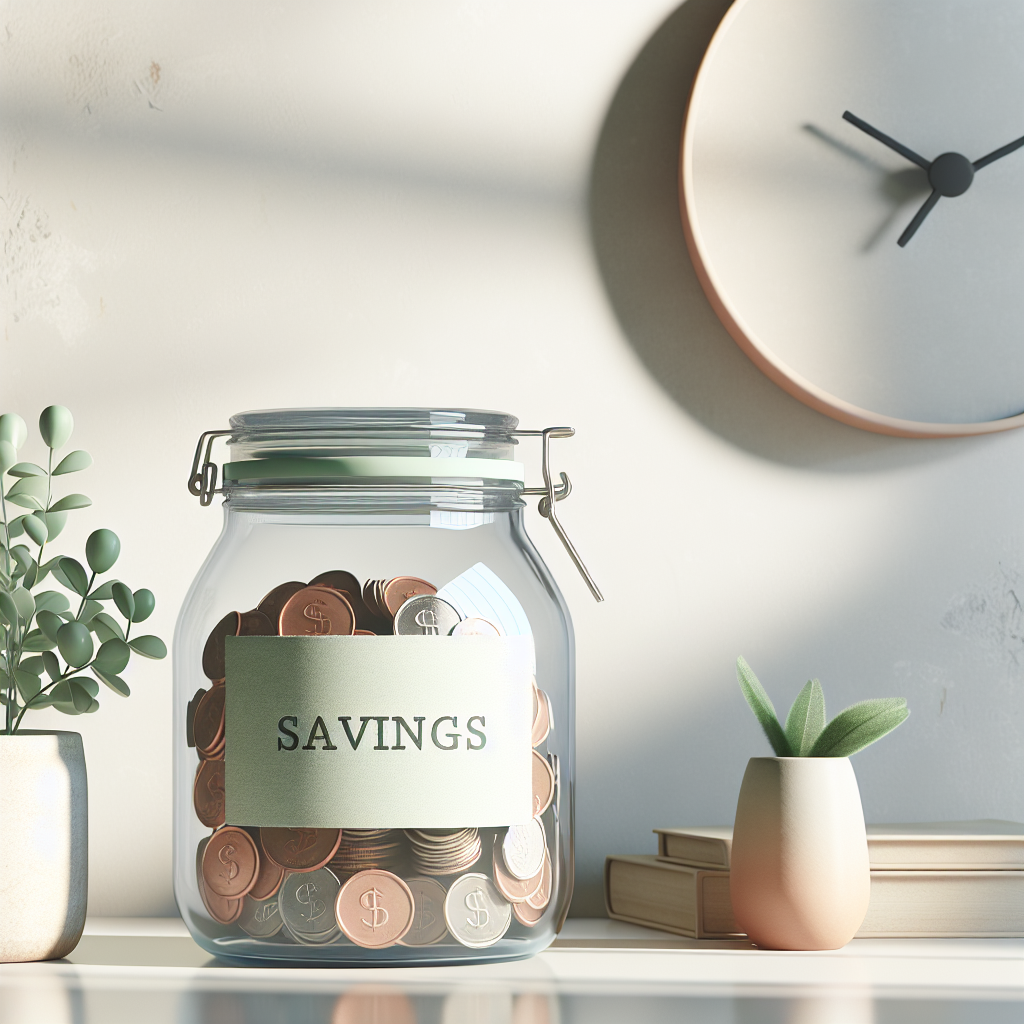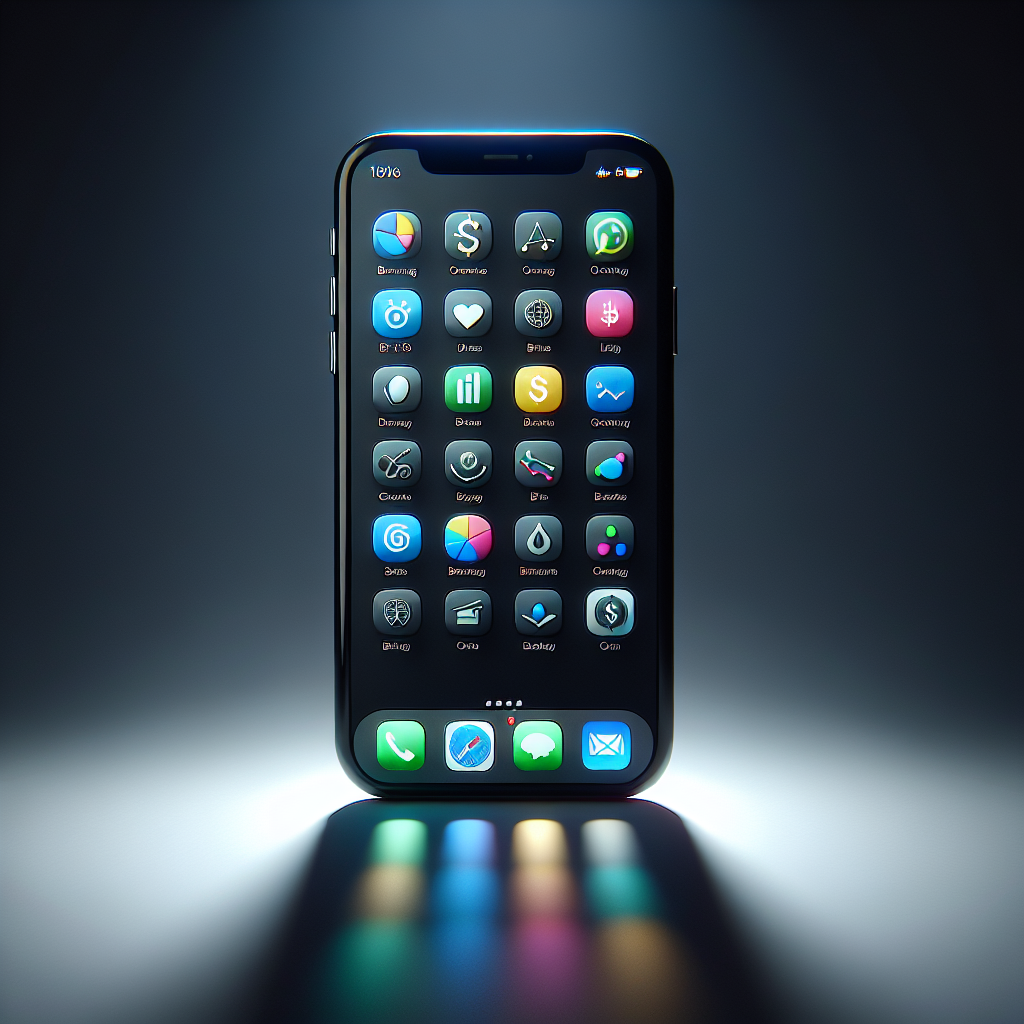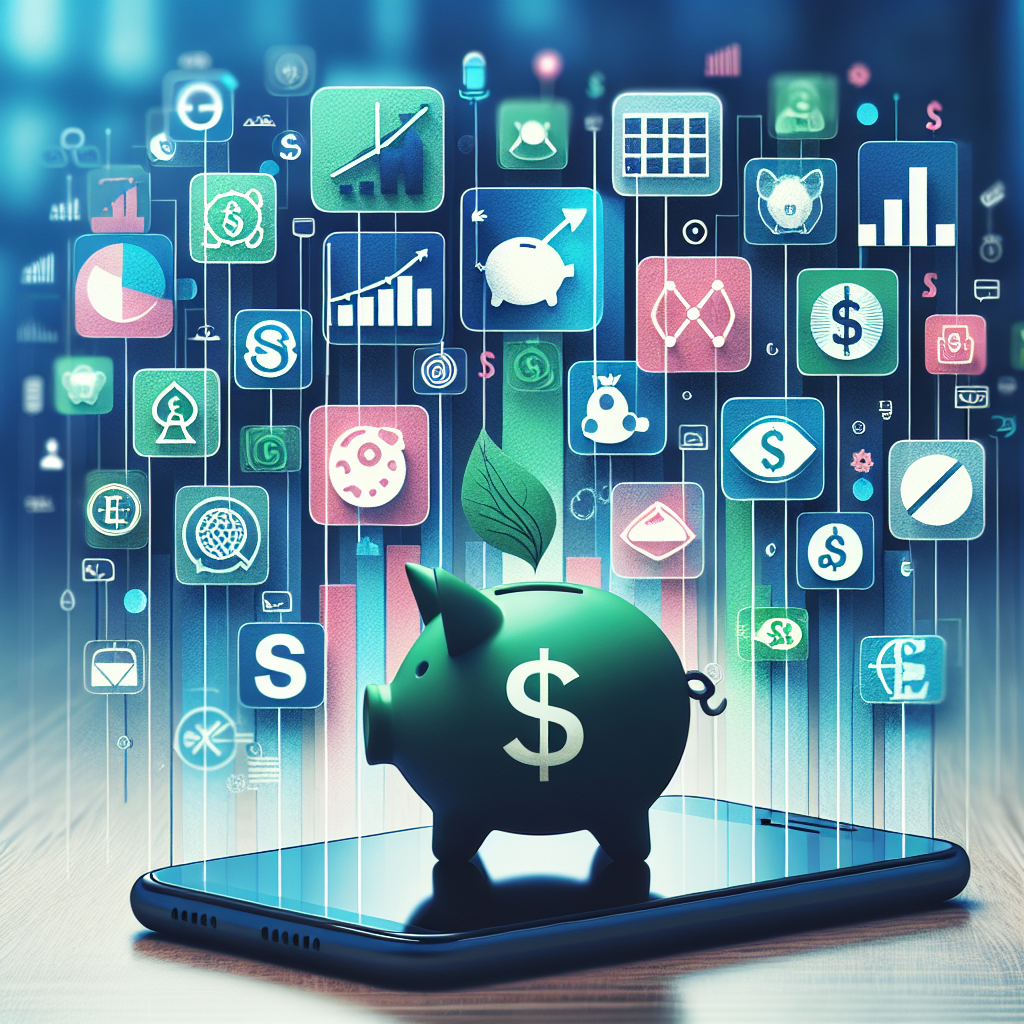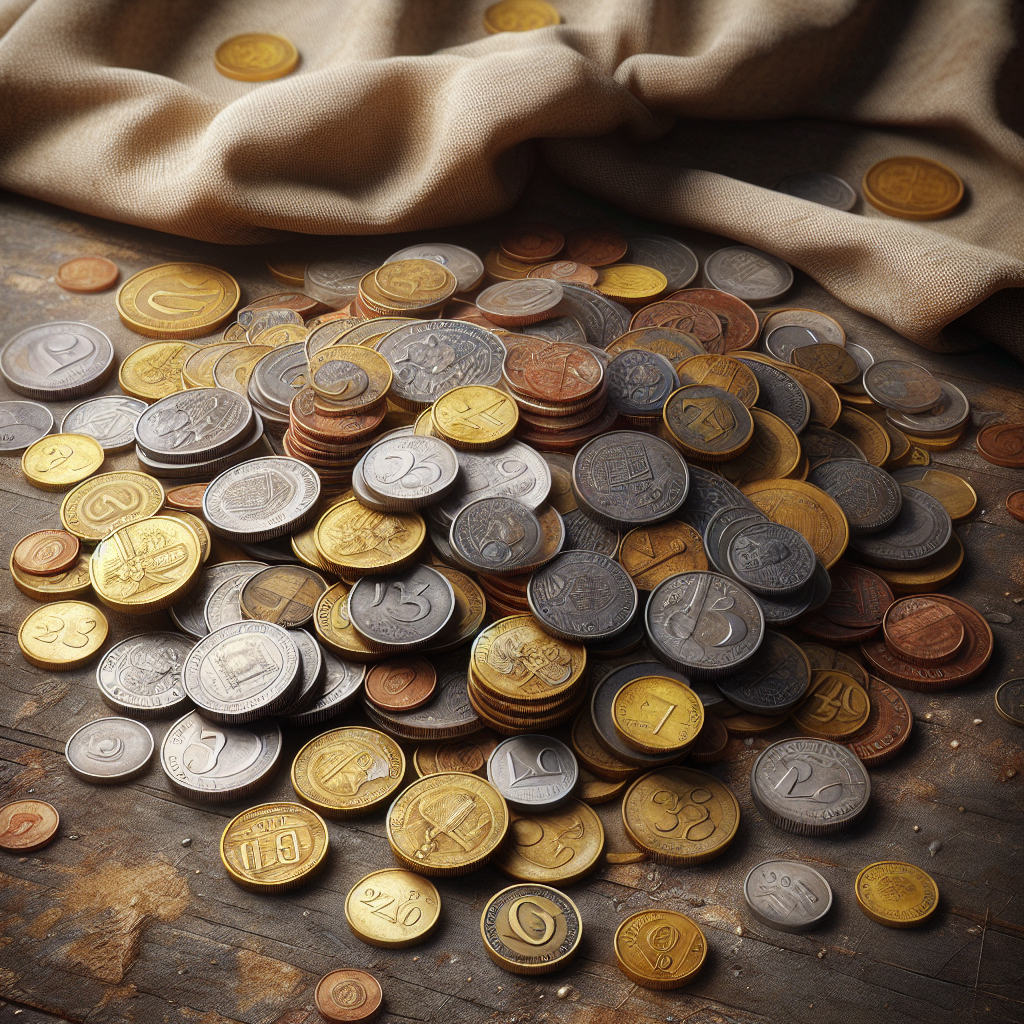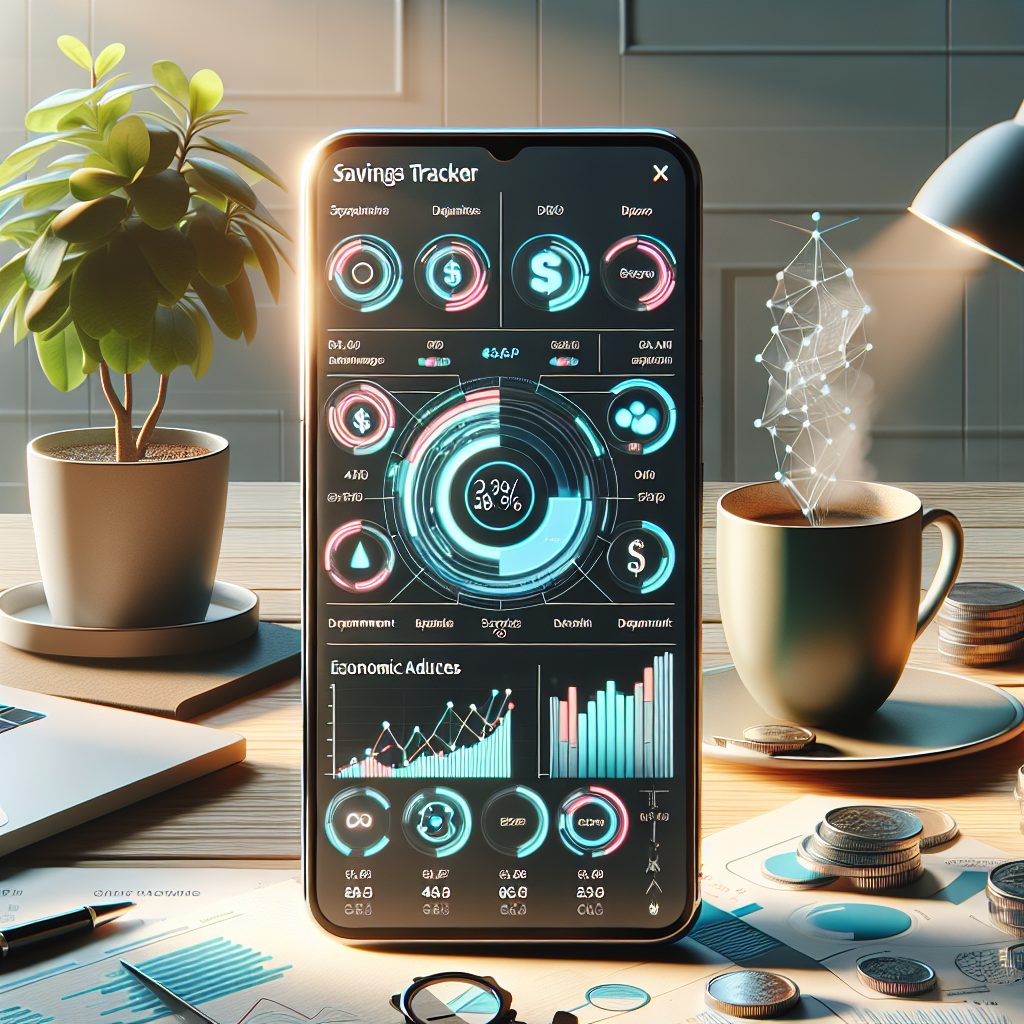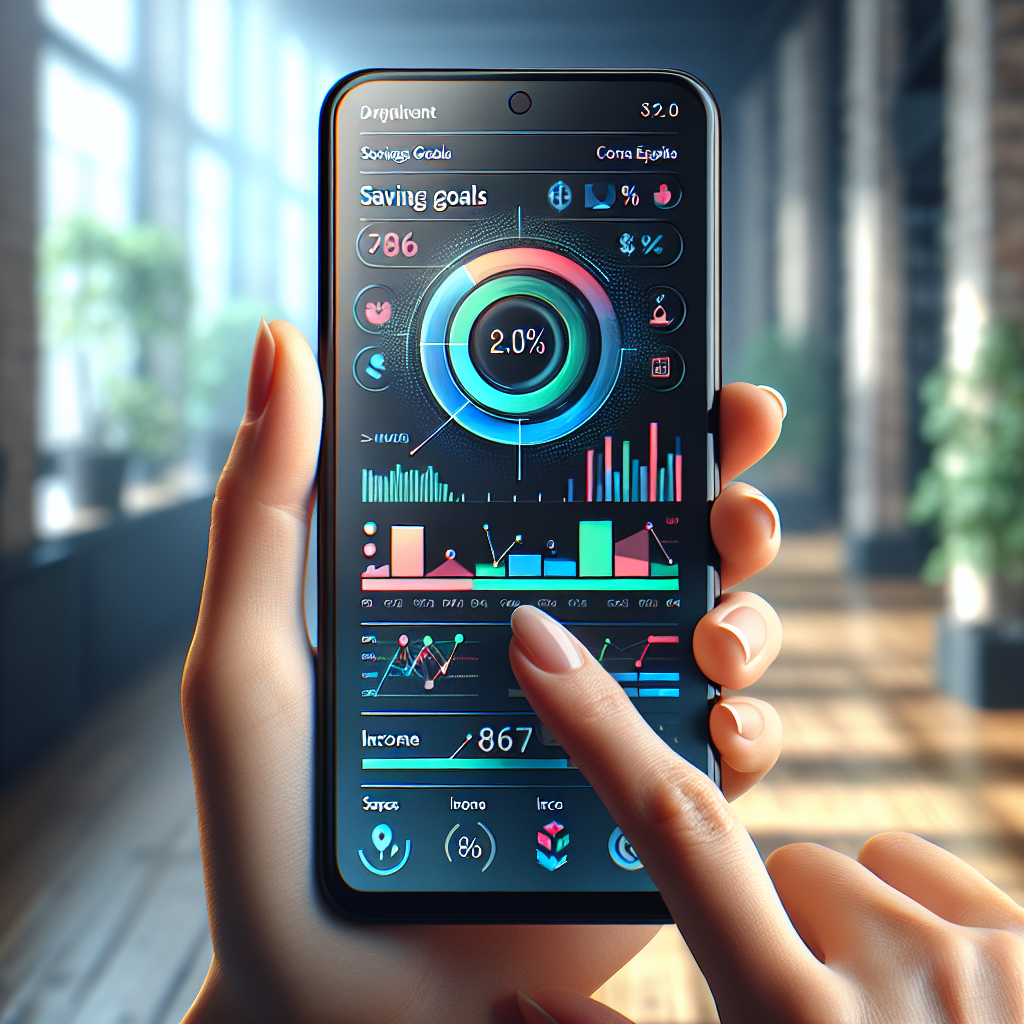In an increasingly digital world, managing personal finances has become more accessible and efficient, thanks in large part to budgeting apps. These applications serve as powerful tools that help individuals track their income, expenses, and savings goals, all from the convenience of their smartphones or computers. The rise of budgeting apps reflects a broader trend towards financial literacy and empowerment, enabling users to take control of their financial futures.
With a plethora of options available, each app offers unique features tailored to different financial needs and preferences. The importance of budgeting cannot be overstated. It serves as the foundation for sound financial management, allowing individuals to allocate their resources wisely, avoid debt, and save for future goals.
Budgeting apps simplify this process by providing real-time insights into spending habits, helping users identify areas where they can cut back or invest more. As technology continues to evolve, these apps are becoming increasingly sophisticated, incorporating features such as automated tracking, goal setting, and even investment management. This article will explore some of the most popular budgeting apps on the market today, highlighting their key features and benefits.
Key Takeaways
- Budgeting apps are useful tools for managing personal finances and tracking expenses
- Key features to look for in budgeting apps include expense tracking, budget goal setting, and bill payment reminders
- Mint is a comprehensive budgeting app that offers expense tracking, budgeting tools, and credit score monitoring
- YNAB (You Need a Budget) is a proactive budgeting app that focuses on giving every dollar a job and encourages users to live on last month’s income
- PocketGuard is a user-friendly budgeting app that automatically categorizes expenses and helps users set and track financial goals
Features to Look for in Budgeting Apps
When selecting a budgeting app, it is essential to consider several key features that can significantly enhance the user experience and effectiveness of the tool. One of the most critical aspects is ease of use. A user-friendly interface allows individuals to navigate the app effortlessly, making it easier to input data and track expenses.
An intuitive design can reduce the learning curve associated with new technology, ensuring that users can quickly adapt and start managing their finances effectively. Another important feature is the ability to sync with bank accounts and credit cards. This functionality automates the tracking process by importing transactions directly from financial institutions, saving users time and reducing the likelihood of errors associated with manual entry.
Additionally, many apps offer categorization of expenses, which helps users understand their spending patterns better. Customizable categories allow individuals to tailor their budgets according to their unique financial situations, whether they are saving for a vacation or paying off student loans. Moreover, goal-setting capabilities are a valuable addition to any budgeting app.
Users should be able to set specific financial goals—such as saving for a down payment on a house or building an emergency fund—and track their progress over time. Notifications and reminders can also play a crucial role in keeping users accountable and motivated. Lastly, security features are paramount; users must feel confident that their sensitive financial information is protected from unauthorized access.
Mint: A Comprehensive Budgeting App

Mint is one of the most well-known budgeting apps available today, offering a comprehensive suite of features designed to help users manage their finances effectively. Launched in 2006 and acquired by Intuit in 2009, Mint has established itself as a leader in the personal finance space. The app allows users to connect multiple bank accounts, credit cards, and investment accounts in one place, providing a holistic view of their financial situation.
One of Mint’s standout features is its ability to automatically categorize transactions based on spending patterns. This categorization helps users identify where their money is going and highlights areas where they may need to cut back. For instance, if a user notices they are spending excessively on dining out, they can adjust their budget accordingly.
Additionally, Mint provides personalized insights and tips based on users’ spending habits, further enhancing its utility as a financial management tool. Mint also offers goal-setting features that allow users to create specific savings targets. Whether it’s saving for a vacation or paying off debt, users can set goals and track their progress over time.
The app sends notifications when users are nearing their budget limits or when bills are due, helping them stay on top of their financial commitments. With its robust features and user-friendly interface, Mint remains a popular choice for those looking to take control of their finances.
YNAB (You Need a Budget): A Proactive Budgeting App
| Metrics | Values |
|---|---|
| Number of Users | Over 5 million |
| Monthly Active Users | Approximately 1.5 million |
| App Store Rating | 4.8 out of 5 |
| Google Play Rating | 4.7 out of 5 |
| Features | Budgeting, Goal Tracking, Reporting, Bank Syncing |
YNAB, which stands for “You Need a Budget,” takes a proactive approach to budgeting that encourages users to allocate every dollar they earn towards specific expenses or savings goals. Founded in 2004 by Jesse Mecham, YNAB is built on four fundamental rules designed to help users gain control over their finances: give every dollar a job, embrace your true expenses, roll with the punches, and age your money. One of the defining characteristics of YNAB is its emphasis on proactive budgeting rather than reactive tracking.
Users are encouraged to plan ahead by assigning funds to various categories before they are spent. This approach fosters a sense of accountability and discipline, as individuals must think critically about their spending choices. For example, if someone knows they have a large expense coming up—such as car maintenance—they can allocate funds in advance to ensure they are prepared when the time comes.
YNAB also offers robust educational resources that empower users to improve their financial literacy. The app provides workshops and tutorials that teach budgeting principles and strategies for managing money effectively. This focus on education sets YNAB apart from many other budgeting apps that primarily focus on tracking expenses without offering guidance on how to improve financial habits.
By combining practical tools with educational resources, YNAB helps users develop sustainable budgeting practices that can lead to long-term financial success.
PocketGuard: A User-Friendly Budgeting App
PocketGuard is designed with simplicity in mind, making it an excellent choice for those who may feel overwhelmed by more complex budgeting tools. Launched in 2014, PocketGuard focuses on providing users with a clear picture of their available spending money after accounting for bills, goals, and necessities. This straightforward approach allows individuals to see at a glance how much they can spend without jeopardizing their financial stability.
One of PocketGuard’s key features is its “In My Pocket” function, which calculates how much disposable income users have left after accounting for fixed expenses and savings goals. This feature eliminates the guesswork often associated with budgeting and helps users make informed spending decisions in real-time. For instance, if someone is considering dining out with friends, they can quickly check PocketGuard to see if they have enough funds available without exceeding their budget.
Additionally, PocketGuard offers automatic transaction categorization and syncing with bank accounts, streamlining the process of tracking expenses. Users can also set up custom categories for specific spending habits or goals, allowing for greater personalization. The app’s user-friendly interface makes it accessible for individuals who may not have extensive experience with budgeting tools.
Overall, PocketGuard’s simplicity and focus on available spending make it an appealing option for those seeking an efficient way to manage their finances.
Goodbudget: A Collaborative Budgeting App

Goodbudget stands out as a collaborative budgeting app that allows multiple users to share and manage budgets together. This feature makes it particularly useful for couples or families who want to work together towards common financial goals. Launched in 2009 as an envelope budgeting system adapted for digital use, Goodbudget enables users to allocate funds into virtual envelopes for various spending categories.
The envelope budgeting method is rooted in the idea of physically dividing cash into different envelopes for specific expenses—such as groceries or entertainment—to prevent overspending in any one category. Goodbudget translates this concept into a digital format, allowing users to create envelopes for each category and track their spending accordingly. This visual representation of budgets helps users stay accountable and aware of their financial limits.
Goodbudget also offers features such as syncing across multiple devices, making it easy for all members of a household to access and update the budget in real-time. Users can share envelopes with family members or partners, fostering collaboration and communication about financial decisions. Additionally, Goodbudget provides reports and insights into spending patterns over time, helping users identify trends and make informed adjustments to their budgets as needed.
Personal Capital: A Budgeting App with Investment Tracking
Personal Capital distinguishes itself from other budgeting apps by integrating investment tracking alongside traditional budgeting features. Launched in 2009, Personal Capital provides users with a comprehensive view of their financial health by combining cash flow management with investment performance analysis. This dual focus makes it an ideal choice for individuals who want not only to budget but also to grow their wealth over time.
One of Personal Capital’s standout features is its investment tracking capabilities. Users can link their investment accounts to the app, allowing them to monitor portfolio performance in real-time. The app provides insights into asset allocation, fees, and potential risks associated with investments—information that is crucial for making informed financial decisions.
For example, if an individual notices that a particular investment is underperforming compared to market benchmarks, they can reassess their strategy accordingly. In addition to investment tracking, Personal Capital offers robust budgeting tools that allow users to categorize expenses and set financial goals. The app’s cash flow analysis provides insights into income versus expenses over time, helping users identify trends and make adjustments as needed.
With its combination of budgeting and investment management features, Personal Capital appeals to those who want a holistic view of their finances while actively working towards long-term wealth accumulation.
Choosing the Right Budgeting App for You
Selecting the right budgeting app ultimately depends on individual preferences and financial goals. Each app discussed offers unique features tailored to different needs—whether it’s Mint’s comprehensive tracking capabilities, YNAB’s proactive approach to budgeting, PocketGuard’s simplicity for everyday spending decisions, Goodbudget’s collaborative features for families or couples, or Personal Capital’s investment tracking tools. When choosing an app, consider factors such as ease of use, compatibility with your financial institutions, goal-setting capabilities, and whether you prefer a more hands-on approach or automated tracking.
By evaluating these aspects carefully and aligning them with your personal financial objectives, you can find the budgeting app that best suits your lifestyle and helps you achieve your financial aspirations effectively.
If you’re looking for the best budgeting apps to help you manage your finances, you may also want to check out Valapoint’s article on the best personal finance apps. This article provides a comprehensive review of various apps that can help you track your expenses, set budgets, and achieve your financial goals. You can read the full article here.

